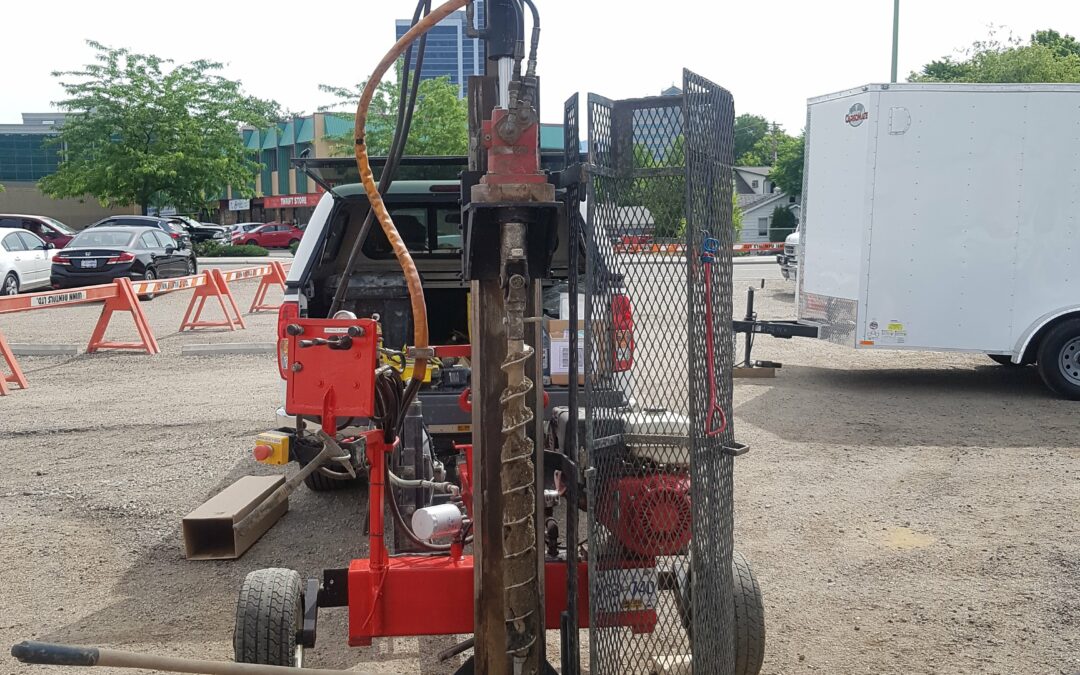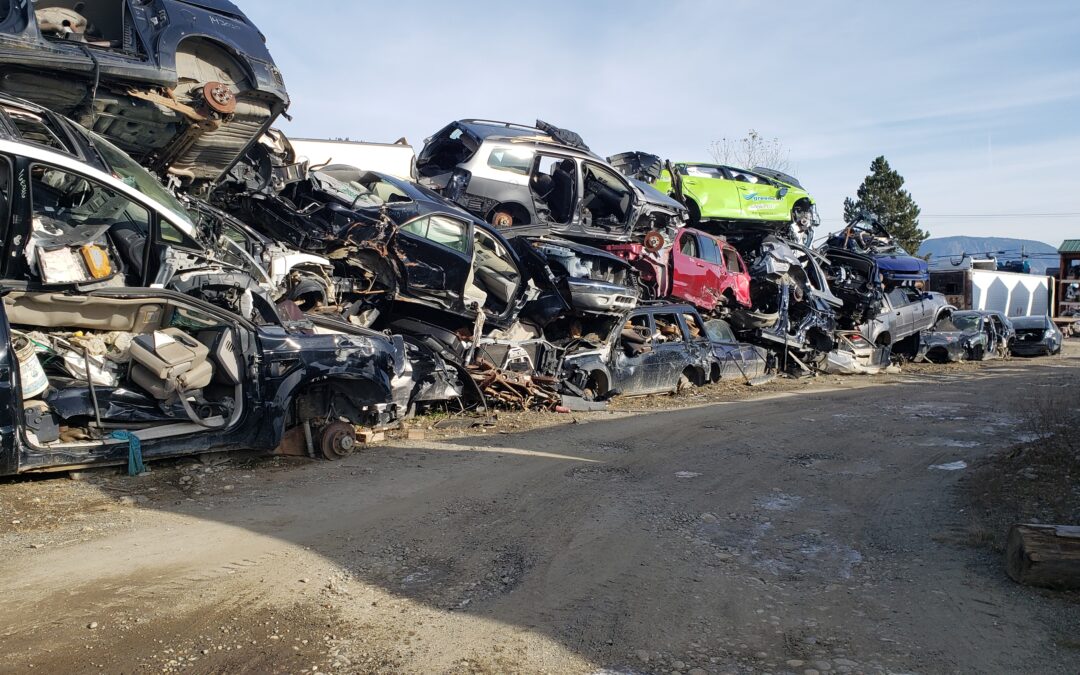
by Sage Environmental | Apr 12, 2024 | Articles
Written By Alana Crump, MSc., PAg. Introduction Before taking the plunge into property investment, land development or redevelopment understanding the environmental health of your prospective property is crucial. Environmental due diligence not only illuminates hidden...

by Sage Environmental | Jan 30, 2024 | Articles
By: Skye Wolfe, PAg In November 2023, I attended the Integrated Vegetation Management Association’s (IVMA) 2023 Biennial Forum, which highlighted many important topics surrounding invasive plant management in our changing climate. The one topic that...

by Sage Environmental | Jan 23, 2024 | Articles
By Kristen Cockburn – PAg. Making a shortlist of Potential Contaminants When completing an Phase I Environmental Site Assessment or Stage 1 Preliminary Site Investigation, we review the current and historical land uses of the Site, to identify the potential for...

by Sage Environmental | Sep 26, 2023 | Articles
By: Kristen Cockburn, PAg. When is a DSI needed? Phase II Environmental Site Assessment and Stage 2 Preliminary Site Investigation that identify contamination often recommend a Detailed Site Investigations (DSI). A DSI finds the extents of contamination to quantify...

by Sage Environmental | Sep 20, 2023 | Articles
Written By Kristen Cockburn, PAg Properties with identified current or historical Schedule 2 uses under the BC Contaminated Sites Regulation (CSR) are subject to additional scrutiny following an update to the CSR in February 2021. Properties are often...






